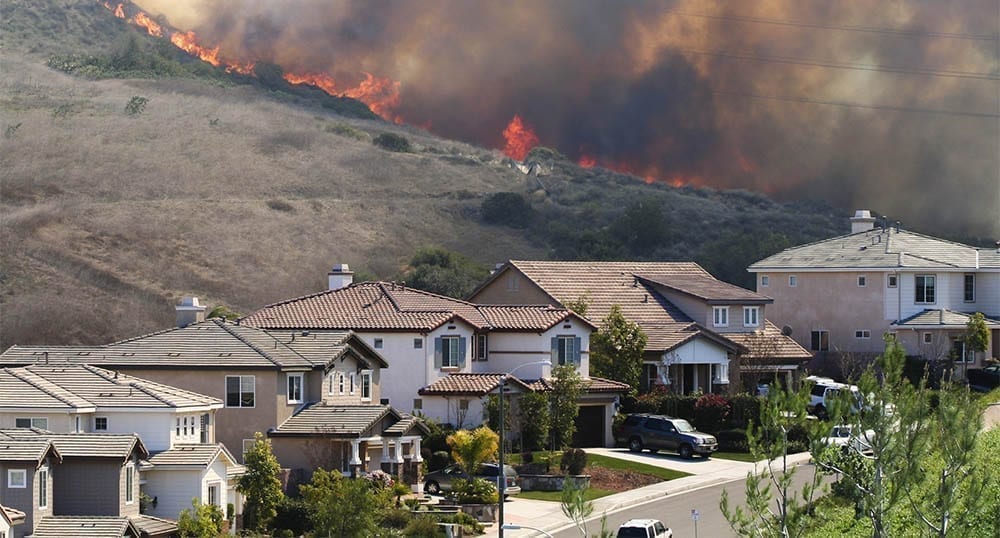Is Evacuation of Vulnerable Citizens Our Achilles Heel?

California Post-Fire Audit Shares Important Lessons
The recent devastating wildfires in California have created a greater awareness of the problem of evacuating vulnerable individuals during fast-changing disaster situations.
A new report from the Auditor of the State of California examined some of the factors that hampered county and state emergency managers in evacuating access and functional needs individuals. While the report focused on three counties as well as the California Office of Emergency Services (CAL OES), the problems cited will be familiar to emergency managers everywhere.
Among the findings of the report were:
- None of the counties had completed an assessment of their populations to determine the needs that their communities will have during an emergency.
- In developing emergency plans, the counties did not involve community representatives of people with a variety of access and functional needs to provide insight.
- The counties did not assess the resources needed to assist people with access and functional needs during a natural disaster, such as accessible transportation and shelter resources.
While the report cites these deficiencies, it generally fails to recognize many of the underlying factors that contribute to the problem. It is easy to find fault but much harder to address the resource issues that could improve our response efforts.
Among the underlying causes are:
- Staffing and Funding – Most emergency management agencies are underfunded and understaffed. Every aspect of our emergency response efforts require enough trained people and enough investment to accomplish the task at hand.
- Developing and Maintaining Registries – While most OEMs have relatively up-to-date registries of patients in hospitals and nursing homes, maintaining lists of homebound patients and other vulnerable citizens is difficult and time-consuming.
- Lack of Omnichannel and Multilingual Communications – Many elderly, physically-challenged individuals, and economically disadvantaged people are unable or unwilling to stay informed through TV, radio, and the internet. Even if messages go out on all these channels, they are generally broadcast only in English.
- Limited Availability of Ambulances –Most ambulances are designed for single patients and require two to three EMTs. Few communities have enough available ambulances to handle both the regular level of medical incidents and surge capacity during a disaster. In addition, the equipment and storage in a typical incident mean they can’t accommodate multiple wheelchairs.
- Mutual Aid Agreements aren’t much use in a large-scale disaster – Incidents like Hurricane Katrina and Superstorm Sandy pointed out the glaring weakness of relying on mutual aid agreements for medical transport assets. When the disaster is so widespread, the partner you are counting on may not have enough assets to handle their own problems.
It has often been said, “Never let a crisis go to waste.” Emergency managers, public health professionals, and first responders should recognize the findings of the California Audit for what they should be; grant and business case justifications.
When a report like this comes out, use the findings as evidence that jurisdictions should invest more funding in staffing, public outreach and multilingual communications, and flexible, multi-patient transport vehicles.
Unless we educate the legislators who fund us, and convince them that more citizens could be saved with adequate staffing and evacuation assets, we will be reading reports like these every year.



